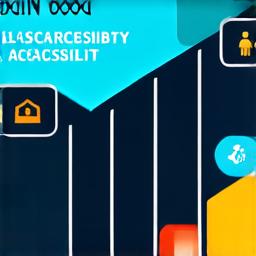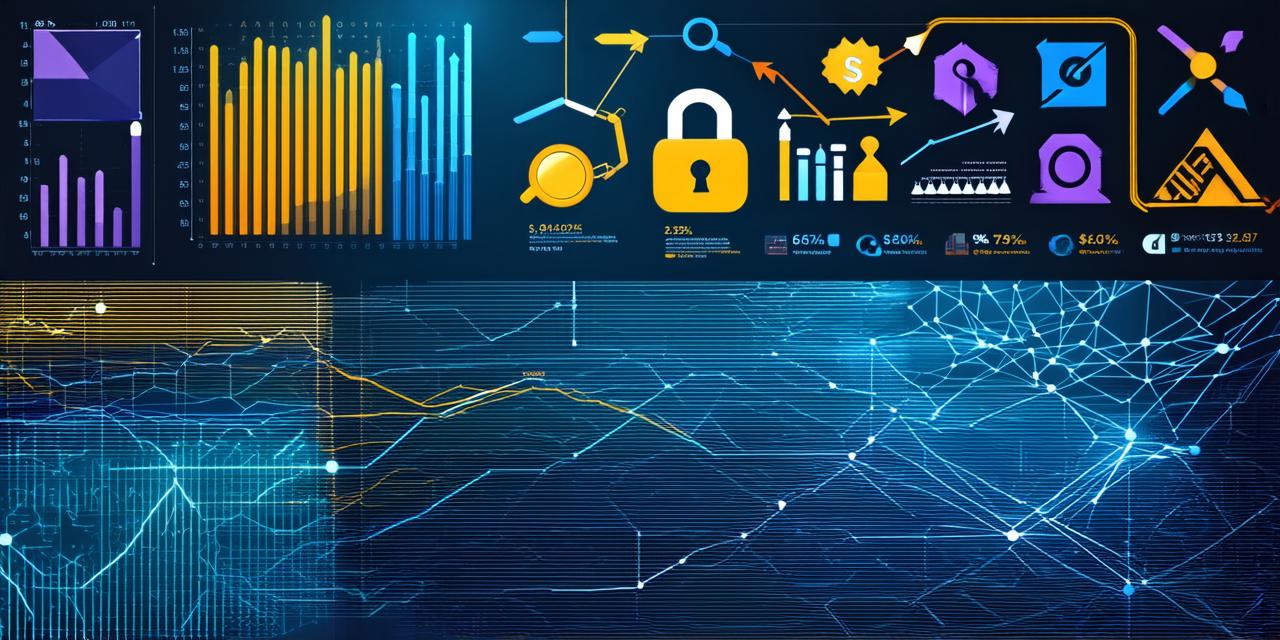Blockchain technology is a game-changer in many industries, from finance to healthcare. The decentralized nature of blockchain makes it secure, transparent, and tamper-proof, making it an attractive option for data management.
However, accessing blockchain data can be challenging for developers due to its complex structure and limited scalability. This is where the Graph comes into play.
The Challenges of Accessing Blockchain Data
Before diving into how the Graph solves these challenges, let’s first understand what they are. One of the main challenges of accessing blockchain data is its limited scalability. Blockchain networks can become congested and slow as more users join the network, leading to poor performance and higher transaction fees.
Another challenge is the lack of standardization in data structures, making it difficult for developers to work with different blockchain platforms. Additionally, the complexity of blockchain data can make it difficult for developers to access specific information or perform complex queries.
The Benefits of the Graph
The Graph addresses these challenges by providing a decentralized network that enables developers to build applications on top of blockchain networks. Here are some benefits of using the Graph:
- Scalability
- Standardization
- Complexity

Real-Life Examples of the Graph in Action
Now that we have explored the benefits of the Graph, let’s look at some real-life examples of how it has been used in practice.
Decentralized Finance Applications
One of the most well-known use cases for the Graph is decentralized finance (DeFi) applications. The Graph provides an abstraction layer between DeFi applications and blockchain networks, enabling developers to build more efficient and user-friendly applications. For example, Uniswap, a popular decentralized exchange platform, uses the Graph to provide a scalable and standardized way of accessing data across different blockchain networks.
Healthcare Data Management
Another industry where the Graph has been used is healthcare. The Graph provides an efficient way of managing healthcare data by enabling developers to build applications that can access specific information from multiple sources. For example, MedRec, a decentralized health record platform, uses the Graph to provide patients with control over their medical records and enable doctors to access relevant patient information securely and efficiently.
Supply Chain Management
The Graph has also been used in supply chain management. It provides an efficient way of tracking and managing supply chain data by enabling developers to build applications that can access specific information from multiple sources. For example, Origin Protocol, a blockchain-based supply chain platform, uses the Graph to provide a scalable and standardized way of managing supply chain data across different blockchain networks.
The Future of the Graph in Blockchain Data Management
As blockchain technology continues to evolve, we can expect to see more use cases for the Graph in data management. The decentralized nature of the Graph makes it a flexible and scalable solution that can be adapted to different industries and use cases.
